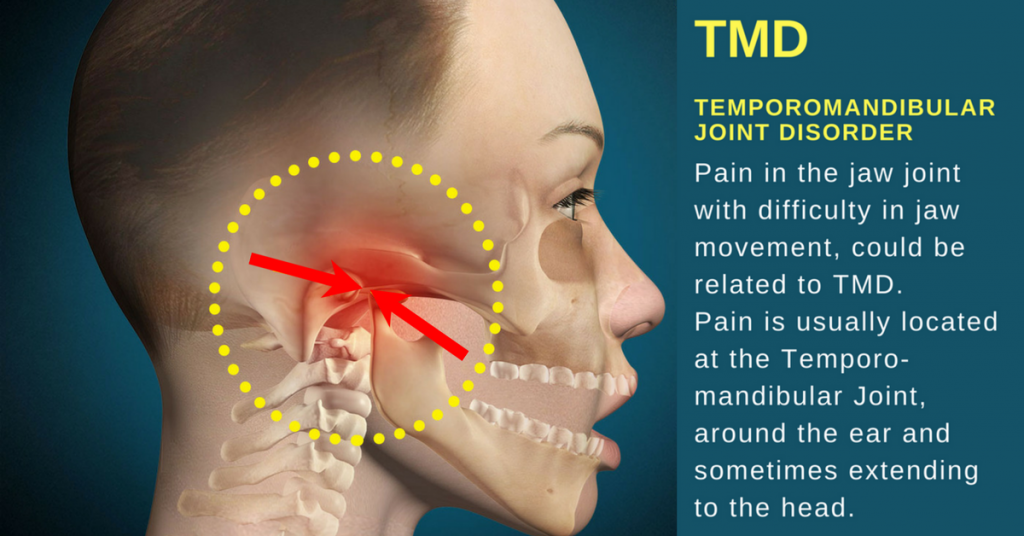It is a question that my patients ask frequently: What is TMD? Is it the Same as TMJ? So let’s be clear about it: TMJ refers to the temporomandibular joint, which is the ball and socket joint that connects your jaw bone to the rest of your head. TMD on the other hand, stands for temporomandibular disorder, which, as indicated by the “disorder” portion, is something that can be diagnosed and presents clear symptoms.
Pain in the jaw joint with difficulty in jaw movement, could be related to TMD or Temporomandibular Joint Disorder. If you have been suffering from this or have been diagnosed of such condition, here are a few things that can help you. Accurate information about the condition can help you take the accurate step!
- Grinding or clenching your teeth, which puts a lot of pressure on the joint
- Movement of the soft cushion or disc between the ball and socket of the joint
- Arthritis in the joint
- Stress, which can cause you to tighten facial and jaw muscles or clench the teeth
What Are the Symptoms?
TMD often causes severe pain and discomfort. It can be temporary or last many years. It might affect one or both sides of your face. More women than men have it, and it’s most common among people between the ages of 20 and 40.
Common symptoms include:
- Pain or tenderness in your face, jaw joint area, neck and shoulders, and in or around the ear when you chew, speak, or open your mouth wide
- Problems when you try to open your mouth wide
- Jaws that get “stuck” or “lock” in the open- or closed-mouth position
- Clicking, popping, or grating sounds in the jaw joint when you open or close your mouth or chew. This may or may not be painful.
- A tired feeling in your face
- Trouble chewing or a sudden uncomfortable bite — as if the upper and lower teeth are not fitting together properly
- Swelling on the side of your face
- Headaches
- Neck stiffness or pain
What Are The Treatment Options For TMD?
Management of TMD or Temporomandibular Joint disorders requires a multifaceted approach and you, as a patient can do a lot by offering complete cooperation and following my treatment and excessive. Each patient if different and treatment get customized to that patient.
Our approach includes physical and occupational therapy, counseling and supportive devices. Don’t let TMD continue to disrupt your everyday. Call my office for a complimentary consultation with one of our treatment coordinators.



